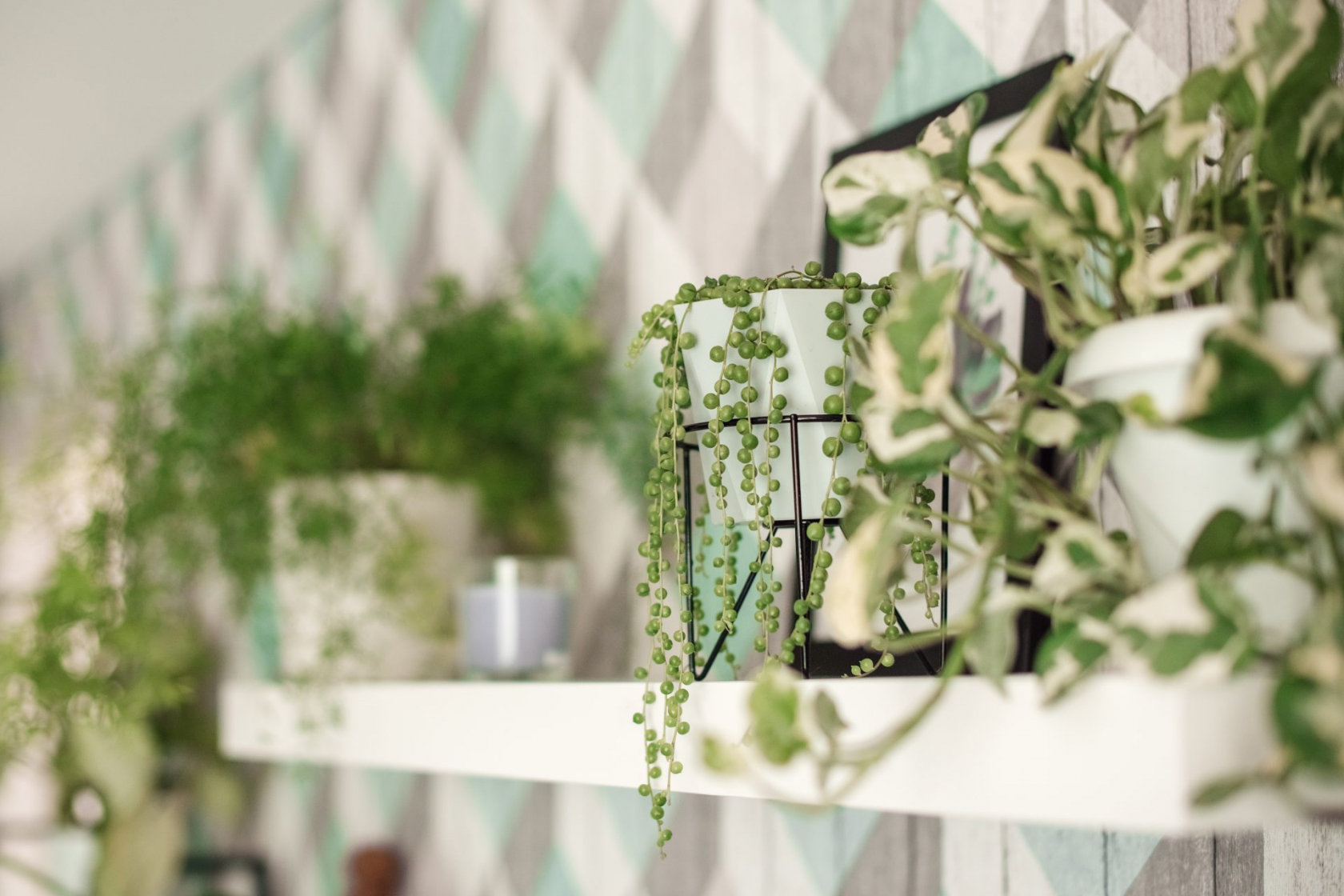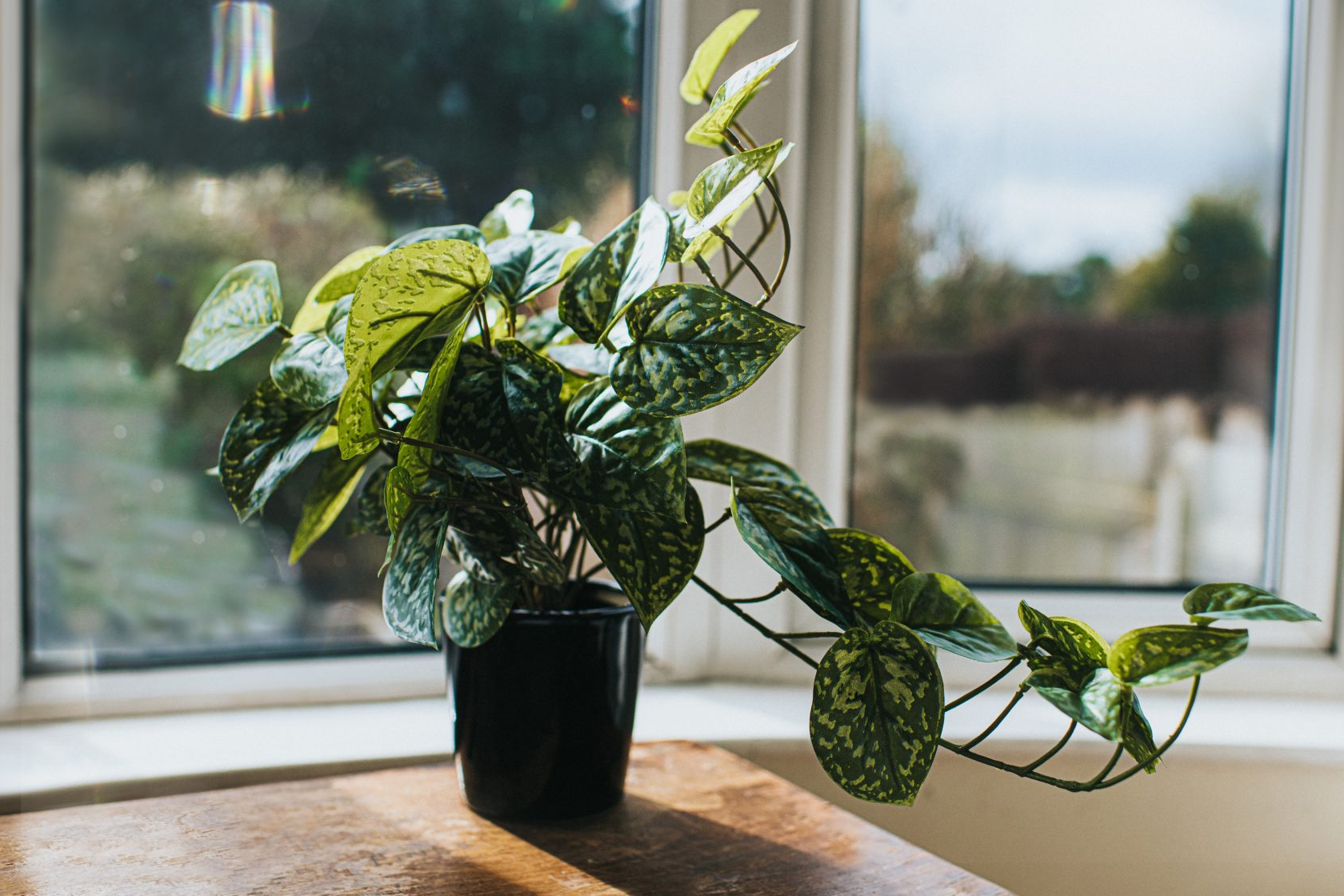
How to tell when your plants aren’t getting enough light (and what you can do about it)
10/29/2021Worried your home may be a tad too shady for your leafy friends? Here’s how to tell when a plant isn’t getting enough natural light.
With the days growing shorter and the clocks going back this weekend, the darkness of this time of year can often feel inescapable.
But humans aren’t the only ones who struggle with the decrease in daylight hours during autumn and winter – our leafy friends notice the change in light conditions, too.
While low light conditions can affect the health of your plants all year round (especially if you live in a home that gets minimal natural light), it’s during autumn and winter that things can get really tricky.
Indeed, not only do the shorter days make it harder for your plants to get the light they need to stay healthy, but the miserable weather we often experience at this time of the year can limit the strength of light they’re able to absorb, too.
So, how can you tell when your plants aren’t getting enough light? And what can you do about it? We asked Jo Lambell, founder of the online plant shop Beards & Daisies, to share her top tips. Here’s what she had to say.
What are the warning signs that a plant isn’t getting enough light?
“While some plants will enter a dormant period during the winter months, meaning growth will slow and they won’t require as much light, some will display obvious signs of stress if they’re lacking light,” Lambell says.
“The main warning sign that your plant’s light needs are not being met is spindly and leggy growth. This happens when a plant grows quickly – and weakly – in desperate search of a light source. If you notice thin and gangly stems, it may be time to reconsider the location of your plant.
“Similarly, if your plant starts to lean to one side, particularly if this is to reach a light source, it’s time to bring them to the bright side!”
Which plants need the most light (and will therefore struggle when light levels are low)?
“Tradescantia purpursii, elephant ear plants (alocasia) and asparagus ferns may all need extra light come winter,” Lambell says.
“You won’t need to worry as much about dracaena, calathea or rubber plants.”
What can you do if you think your plant isn’t getting enough light?
“A good place for your plants over winter is a south or west-facing window as this will remain sunny all day – just make sure they’re not in the way of any drafts here, of course,” Lambell says.
“Remember to regularly rotate your plants roughly a quarter turn to ensure that the entire plant is accessing light, promoting even growth.
“However, if you don’t have too many windows in your home, you might want to consider a grow light for your plants. These are an inexpensive and easy way to ensure your plant’s light needs are being met, no matter how dreary it is outside. Opt for a fluorescent or LED grow light as plants respond well to these.”
New to plant parenthood? Check out Stylist’s guide to buying, styling and caring for plants to get started.
You can find out more about the most common houseplant problems by checking out our range of plant care content, too.
Images: Getty
Source: Read Full Article



